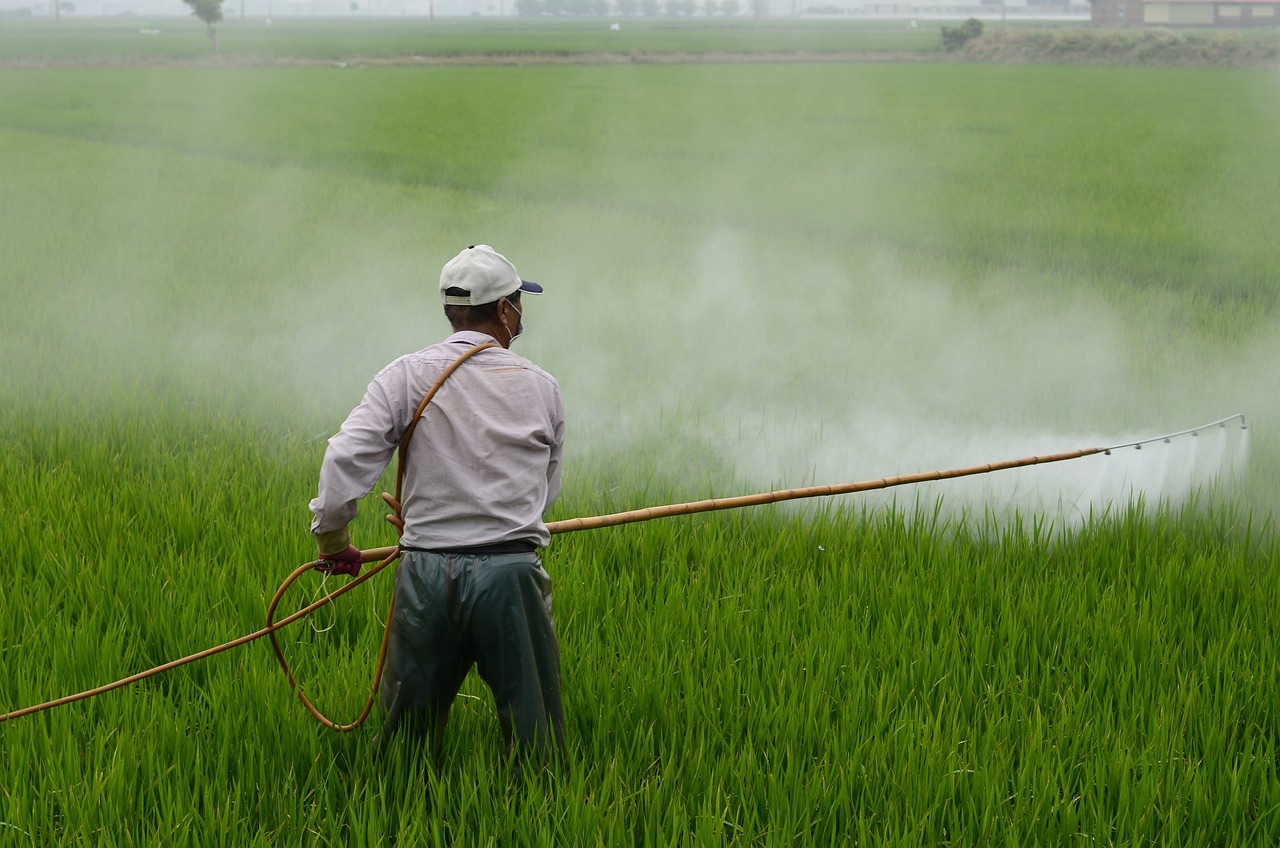Estimates show there will be about 26 billion tonnes of plastic waste by 2050 globally. Due to a lack of transparency, a lot of waste continues to be dumped in low-income countries. With the current amounts, countries are not able to manage this level of waste generation sustainably, thus opening avenues for false solutions that seem to tackle the waste management crisis but, in the end, expose all to health hazards.
In Kenya, the largest dumpsite in Dandora, located on the outskirts of Nairobi, has been at the centre of debates on how to reduce the ever-piling waste. It is estimated that more than 2,000 tonnes of solid waste generated daily in Nairobi is dumped at Dandora. In the confusion of what is a sustainable method of dealing with waste, government and the private sector should invest in green climate-neutral approaches in the waste sector with focus on economic recovery strategies, and environmental and health sustainability. There have been debates on how to transform the country’s largest dumpsite.
The decision to set up a waste incinerator in Dandora to produce electricity dumpsite needs a 3D overlook. Burning waste in incinerators counteracts the country’s efforts to eliminate greenhouse gas emissions. On another note, waste incineration facilities are considered some of the main sources of dioxin emissions, and heavy metals and persistent organic pollutants that come from burning trash are poisoning surrounding communities.
The idea that incinerators are a viable solution to handling waste is a false narrative. Instead of making waste disappear, they create more complex toxic problems such as toxic ash that causes water and air pollution. Studies by The Endocrine Society and International Pollutants Elimination Network show that emissions from waste incineration facilities lead to an increase in the concentration of dioxins in the blood of factory workers.
Other effects include an increase in cancer cases, an increase in congenital abnormalities, heart disease among newborns, and premature birth. There is also evidence of human health impacts from many chemicals in common plastics, including alterations to both male and female reproductive development and infertility.
Incinerators are some of the most toxic, expensive, dangerous, and climate-polluting industries. Secondly, this is also one of the most expensive ways to generate energy. In addition to being costly to build and run, they are also barely able to generate even a small amount of electricity and emit 68 per cent more greenhouse gases per unit of energy than coal plants, which makes them worse emitters.
Having a incinerator will go against the countries commitment in the Nationally Determined Contributions on abating greenhouse gases by 32 per cent by 2030 relative to the business-as-usual scenario and in line with its sustainable development agenda and national circumstances. Kenya has a lot of potential in investing in alternative sources of energy like solar and wind power that are environmentally sustainable and cheaper compared to turning waste into energy. During the opening of the Africa Summit, President William Ruto affirmed that we have a lot of potential in green energy.
According to a Concern Worldwide report from 2012, the Dandora dumpsite is an informal workplace with about 10,000 women and a few men who work through piles of rubbish to earn a living daily while being exposed to extreme hazards due to a lack of appropriate protective gear. Kenya should implement environmentally sound waste management systems with adequate recycling infrastructure. This can be done by creating and investing in a material recovery facility instead of an incinerator that will translate to just a transition for waste pickers and surrounding communities in the dumpsite.







